Sony Alpha A7 (ILCE-7) and Sony Alpha A7r (ILCE-7r) Part 8 – A7 – ultra wide lenses
Those test shots are ugly and uninspiring, but they are actually good for checking color casting and edge/corner issues.
As soon as weather allows, I will add more shots from most of those lenses, putting also some objects closer and shooting more into direct light sources to check both – distortion and flaring.
Shots were taken at f/8, f/11 and f/16 (typical landscape apertures) into RAW and developed using LR 5.3.
To make this article loadable, I will post only f/11 results here, but the title with the lens name, serves as the link to the related Flickr set, where you can check also other apertures.
In Flickr set, you should be able to right click on the image and choose “original” size. If not, please let me know.
Because we live in the age of in camera software corrected lenses, I did some basic lens correction editing in LR 5.3, because I get tired of those raving “MTF results of new FE lenses” that are software corrected more than prisoners in Guantanamo.
So you can see (reasonable) corrected images for WB, CA and slightly for vignetting and distortion. I haven’t apply any sharpening (I never do it in LR anyway) or exposure correction including curves or micro-contrast. (Clarity)
While those corrections makes featured images empirically worthless for cross comparison, at least we are getting closer to those “fantastic” FE optics.
You will also probably go through similar corrections in order to process your landscape masterpieces.
1. Sony A7r and Zeiss Distagon 21/2.8 T* ZE
f/11
Zeiss shows very good corner and edge performance.
(At f/11 infinity is in focus, but with Metabones Smart Adapter III, I am not able to focus right to infinity. Lens needs to get probably 1/2mm closer to the sensor, and I am quite angry on Metabones because I told them how important for me is to achieve infinity focus with Zeiss lenses prior to the purchase, but they sent me once again “too long” adapter.)
Lens is however big, heavy and expensive, so you should take all that into account, before admitting that it is really one of the best UWA lenses on the market.
It features 82mm filter thread and you need UWA (slim) adapters for LEE or circular filter systems. Pricey…
CA is minimal even at wider apertures, and at f/8-f/16 it is practically non existent. Flare control is also well controlled, but distortion is slightly bigger than I’d like and it is complicated (irregular). There are many profiles for this lens though, so it shouldn’t be big problem to correct distortion.
Colors and contrast are outstanding (which you can’t see now, but I will add some samples as soon as weather allows me).
I can highly recommend this lens for your A7r with only reservation being good adapter (infinity focus) and price.
2. Sony A7r and Canon TS-E 17/4 L
f/11
If Distagon above is big, this one is bigger. If Distagon is expensive, this one cost even more. But this lens offers lot more than Distagon in terms of functionality.
You can use shift to correct verticals (or horizontals), tilt to tilt focus plane and shift again to make simple 2, 3 (or more) panorama shots (i.e.), without parallax problem.
This is one of my favorite lenses on Canon 5D MII and NEX 7, but for some reason, I find its corner performance rather disappointing on A7r. There are more CA, more smearing and even more vignetting than with the Distagon above.
But take my critics with the grain of salt – CA is easily correctable (mainly purple fringing), same applies for vignetting, and smearing is still very low in comparison to most other lenses tested here. On top of that, you can always make few panorama shots to achieve almost perfect field flatness and huge resolution if needed.
Anyway, this lens shines on Canon and works well on NEX 5N and 7. If you don’t need its tilt/shift functions, considering its price, I would suggest to look elsewhere… Not recommended.
Sony A7r and Olympus OM system W.Zuiko 18/3.5
f/11 No camera corrections
f/11 using PlayMemories camera application – “lens correction” (quick setup)
Little Oly teen is a pleasant surprise.
The last image above was shot with Sony application “Lens Correction” applied.
As you can see, I tried to compensate with green for slightly blue/magenta vignetting in the original image, but I went too far (-5). It is a good proof however, that Sony is more than capable to hard code corrections into their ARW files. Applied via external application, this doesn’t bother me at all, and I honestly welcome it, because I can choose if I want to use it or not. What I criticized before and will still do, is that unknown number and volume of software corrections are applied to images with native lenses, that is impossible to switch off. And than we have great MTF results to rave about…(and pay for)
Anyway, back to Olympus. Lens suffers from rather heavy CA, mainly purple fringing, but as you can see from above shots, it can be easily corrected. Beside that, corners and edges are surprisingly good, contrast is very good and colors are nice and natural.
(few shots on NEX 7 in better weather conditions)
Olympus won’t beat in a sheer IQ Distagon 21/2.8 but it is much smaller, considerably wider, and should be cheaper too. (Unfortunately it is rare lens and thus not really cheap. Prices are all around, going close to 1500 USD in mint condition, but I found mine few months back for only 450 USD or so.)
To use filters, you will need special 49-72 reduction ring that I don’t have 🙁 I ordered generic one from eBay for as much as 1.89 USD to try if I can fit it.
Considering its characteristics, size/weight and price if lucky, I can recommend this lens as a very intriguing UWA alternative for your A7/r cameras.
If you by any chance find somewhere original 49-72 filter reduction, and you don’t need it, you have a chance to become my favorite reader 🙂
Recommended!
4. Sony A7r and Canon EF 14/2.8 L USM II
f/11
I like most of my lenses. It’s like having over 250 babies, sharing your love among them. But there is one, black sheep, that I am still learning to love… Canon EF 14/2.8 L USM II.
One of the reasons for my colder relation to this lens is its initial price. I paid over 2500 USD when it was released and that is quite some investment. According to the first reviews I was expecting outstanding sharpness across the frame.
My first results were however disappointing. Lens show signs of de-centering, pronounced field curvature and sub-par CA control. All that makes me using it very rarely.
I should also know better – 14mm is really wide on FF and you need to veeeery carefully consider your compositions.
When Samyang introduced its 14/2.8 for literally 1/10th of the price, my disappointment turned to anger. I bought Samyang 14/2.8 just to find any reason why Canon is better, and I had hard findings to swallow…
It took me several years to find out why Canon is better lens (for me) at the end, but I anyway kept both. Samyang is great lens, you will see that bellow, but it suffers from one issue – large and complicated distortion. That might not look too bad at the first sight, but it actually have to do lot with 14mm compositions. Such a wide perspective asks for dynamic compositions, and those are usually achieved with some objects close to the lens. And if your object in front is your mother in low, she won’t be happy with Samyang at all.
If you plan to use 14mm for flat background (hills far, far away i.e.)- you should not even think about this Canon. Pick the Samyang and enjoy great sharpness across the frame, less CA, comparable contrast and flare resistance for the fraction of Canon price.
But if you want to use this ultra wide perspective creatively, heavy and complicated distortion of Samyang will make it much harder. That’s were Canon comes, as despite all its flaws, it is wonderfully corrected for distortion (for 14mm lens of course). This and AF and weather sealing will cost you some 1800 USD extra though.
On A7r Canon EF 14/2.8 II performs well with stronger CA that can be corrected and good, but not flawless corners. Vignetting is well controlled and there is no significant color casting. On the positive side, it is not that big or heavy (like TS-E 17/4 or Nikkor 14-24/2.8 G) to make you feel uncomfortable with your Sony A7/r. As mentioned above it is weather sealed (but Metabones adapter isn’t so it doesn’t help much) and you can use AF if you are genie who can find reason why to.
Due to the price and niche usage potential – highly not recommended.
A7r and Samyang 14/2.8 IF ED UMC Aspherical (blah,blah…)
f/11
Slightly underexposed in comparison to other contenders and there is some sensor dirt on the right side, ignore it if you can.
I already wrote few things about Samyang above and there are many reviews on the web, most of which are positive.
I can only confirm, that Samyang 14/2.8 is incredible value for the money, and the first lens you should try, if you want to challenge yourself with ultra wide angle perspective.
In the shot like this, you probably won’t even see distortion, and sharpness across the frame is better than with Canon. There is however more vignetting, and trying to reduce it, some greenish fringing appeared in the frame. Could be corrected with Adobe Flat Field plug-in or corner fix.
At f/8 and smaller, it is basically CA free.
A7r seems to tolerate well this lens, so if you are after this wide angle of view, it is probably your best bet. Highly recommended.
Sony A7r and Cosina Voigtlander Ultron (CV) 21/1.8
f/11
When I first tried Ultron 21on A7r in this part of my rolling review, I got very similar results to the one above. You don’t want to see this much color casting at f/11- do you?
Thus I didn’t really consider to use it for landscape…
Few weeks (months) ago, Sony brought “Lens Correction” application and I decided to give it a try. I still have contradictory opinions about the application, but it needs time to learn how to work with it. Good or bad – it applies corrections to RAW files as already mentioned. Bellow is a quick setup effort, for the color casting and vignetting correction using the application.
f/11 with “lens correction” camera application
As you might see, result is considerably improved IMHO and with further vignetting correction in LR, it can be nicely cleaned.
I am sure that Ultron was never meant to be true landscape lens – it is supposed to be ultra wide angle low light event lens, concerts, night streets, parties etc. And it is very good for that because of its respectable performance wide open including sharpness and contrast, and well controlled distortion.
Bokeh is not bad either for this wide angle, build quality is superb. In the world of range-finder lenses it is on the larger side, but in reality it is not that big, while it is rather heavy lens.
At f/8 and smaller, it has very good sharpness across the frame and minimum CA.
I would actually recommend this lens for landscape with A7r if it only would have removable lens hood! But it doesn’t. So say to filters bye, bye, unless you are ready to take a grinder and cut off the unnecessary complication.
Strange – its sibling fellow CV 35/1.2 II Asph. doesn’t come with the hood at all, and if you want to buy original, be ready to say goodbye to some 140 USD!!!
Ultron comes with built in hood, that I would be glad to pay 140 USD to get rid off without damaging my lens. Maybe Cosina is just learning its way…
Because of the hood – I can’t recommend this otherwise outstanding 21mm lens for the landscape use.
Sony A7r and Minolta MC W.Rokkor-NL 21/2.8
f/11
This Minolta is without a doubt the oldest UWA lens in this article. It is beautifully made lens with a big front element that is nicely recessed within the barrel. Despite it looks big, it isn’t and it isn’t too heavy either. Pretty nice ballance on A7r.
It is rather rare lens and there are newer versions including latest Minolta AF 20/2.8 that all could feature somewhat better optics, but don’t be fooled by its age, this Rokkor deserves your attention.
At f/8 and f/11 (to lesser extent), center sharpness is very good to great. Contrast is fine too, only far edges still shows some smearing. Test shots are underexposed and basically uncorrected for vignetting and greenish color casting.
I don’t see any significant problem with this nice lens and thus I can recommend it for landscape, if you are not after latest and greatest. You will enjoy handling and appearance at the price of marginally weaker corner and edge smearing.
The front element doesn’t rotate when you focus, so using polarizers is not a problem at all, but the filter thread is rather large at 72mm.
Being somewhat rare lens, prices are little bit steep right now, moving around 500 USD for the lens in good condition. Recommended (Just)
Sony A7r and Vivitar 19/3.8 (C/Y mount)
f/11
Most of the lenses shown above are rather expensive (except Samyang). What if you just need UWA lens for those rare occasions when large group of ladies from high class modeling school, asks you to take their group image?
While far from optically perfect, this Vivitar 19/3.8 is small, light, and cheap and it covers full frame without significant vignetting.
There is awful amount of purple fringing that can be nicely cleaned as you can see. The biggest problem are soft edges and corners, but with 36 mpx, what can stop you from slight cropping, to get rid of problematic areas.
I can’t really recommend this Vivitar for its optical performance, but for few bucks (40-100 USD) you can have lot of fun with it. Remember SEL 1628 and how many happy campers are enjoying it? This is its FF sibling without AF.
Sony A7r and Canon FD 20-35/3.5 L at 21mm
f/11 at 21mm
Damn dirt on sensor… it starts to really annoy me 🙁
I love those Canon FD “L” lenses. Most of them that I have or had, were very well built and good to great performers.
I was seeking for this particular lens over 3 years, because I didn’t want to over paid it.
Few month ago, I bumped on this one at reduced price by its original owner from 500 to 250 USD. Sometimes patience pays off.
(Sometimes however, you need rather luck. I have a very rare Konica Hexanon 28/1.8 AR lens, in great condition but with broken aperture. One of 10 leafs get broken and I can use it only wide open. Is there a chance to find another broken one for reasonable price? Being rare as it is, there probably isn’t :-()
Meanwhile I found its predecessor – FD 24-35/3.5 L that I liked too, but it wasn’t in a great condition cosmetically and it’s range is very narrow.
Back to 20-35. It is the first zoom lens presented here and I decided to set it at 21mm just a little before its widest focal.
At selected focal length (21mm) and f-stops (1/8,1/11,1/16) it is lovely performer in all respects.
Yes there is bit more CA, yes, there is some vignetting, but there is nothing that can’t be easily cured with few steps during post processing.
Most importantly (for me) the edge and corner sharpness is very good, on par with some primes here.
Price vary from 300-600 USD, depending on condition and luck, but even for 600 USD it looks like a bargain.
I have to check it at other focal lengths and it deserves a separate review, so once the weather gets back to normal, I will jump on it.
Before I make more tests I can’t really recommend it yet, but if it keep delivering this IQ across its focal range.. it might become my ultimate zoom landscape solution.
Not to forget, it is not huge or heavy and it actually nicely balance on A7/r.
Sony A7r and Nikon 14-24mm f/2.8G ED AF-S at 18mm
f/11 at 18mm
It’s huge, it’s expensive, it’s everything but convenient (even if it’s zoom) and it delivers best IQ. At 18mm in this short comparison at least.
There is not much to say about its optical qualities that haven’t been said million times already. It is the lens that made me buy Nikon D800E, possibly best UWA zoom ever made for any format.
Sharp across the frame with minimal CA, good distortion control, great contrast and colors it suffers only from heavy flaring. But once you learn to either use or hide flares, you will have hard time to find flaws in its rendering.
It brings most of those attributes to difficult A7r camera too, with marginally weaker edge and corner performance than on its native mount.
But as good as it is, I can’t recommend it on A7r, simply because it is so damn huge.
If you ignore my recommendation and go for it, at least consider to buy adapter with a tripod stand, because lens is too heavy for A7/r mounts.
On the picture above, there is Novoflex adapter and Novoflex does make tripod holders for those adapters, but I still wasn’t able to buy one. (It’s on order).
I hope to take more and much nicer images with many of those lenses soon enough and I will keep uploading them in their respective Flickr folders. If you have any questions meanwhile, please use the comments box bellow. I am always trying to answer all your questions.
To resume – lenses that I would recommend for landscape with A7r are:
Zeiss Distagon 21/2.8 T*, Samyang 14/2.8 ED IF UMC Aspherical, Olympus OM W.Zuiko 18/3.5, Canon FD 20-35/3.5 L (at least at 21mm) and also Minolta MC W.Rokkor_NL 21/2.8 (with slightly weaker extreme edges).
Weakest performer is without doubt – Vivitar 19/3.8, but it is also cheapestr and thus can be good option to start with UWA.
Other lenses might be good, but they are usually just to big, to limited in use or A7r doesn’t like them (Canon TS-E 17/4).
After almost 2 months of usage, I am coming to the crossroads of my rolling review, and I am close to write my first general conclusion.
Before I do so, I’d love to post final showdown between A7 and A7r.
Thank you for yours support.
Other parts of the rolling review:
Part 1
Part 2
Part 3
Part 4
Part 5
Part 6
Part 7
Part 9 – A7 vs A7r Final Showdown
Please help support this page and upcomming reviews and buy through affiliate links, with no extra cost for you:
Buy on BHPhoto: Alpha a7 Mirrorless Digital Camera
Buy on Amazon: Alpha a7 Mirrorless Digital Camera
To help this page survive, your donation will be highly appreciated.
![]()
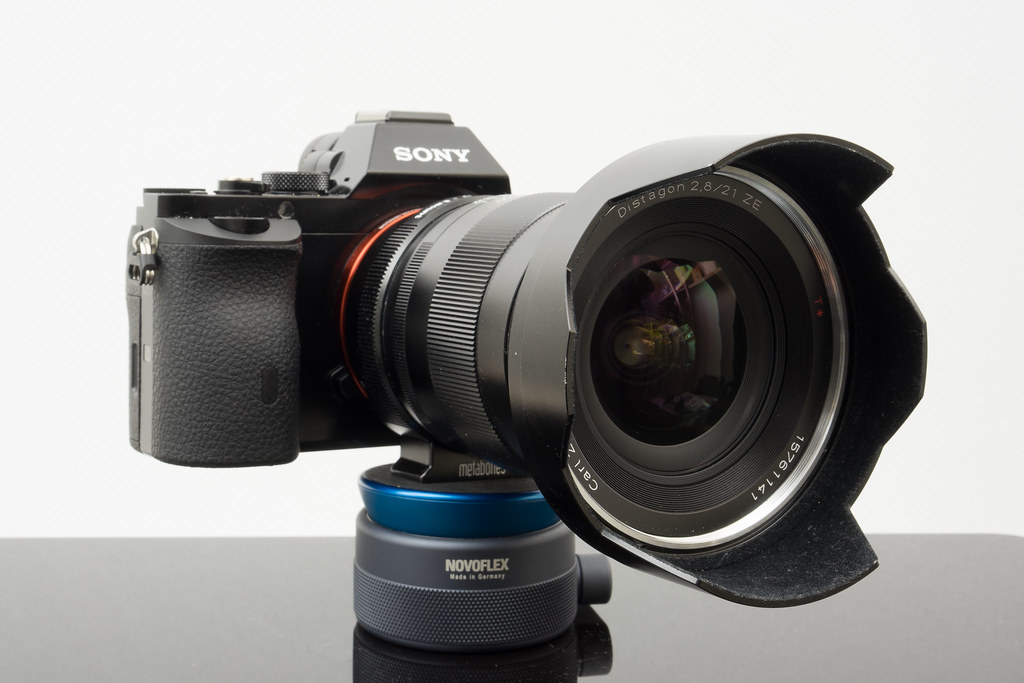
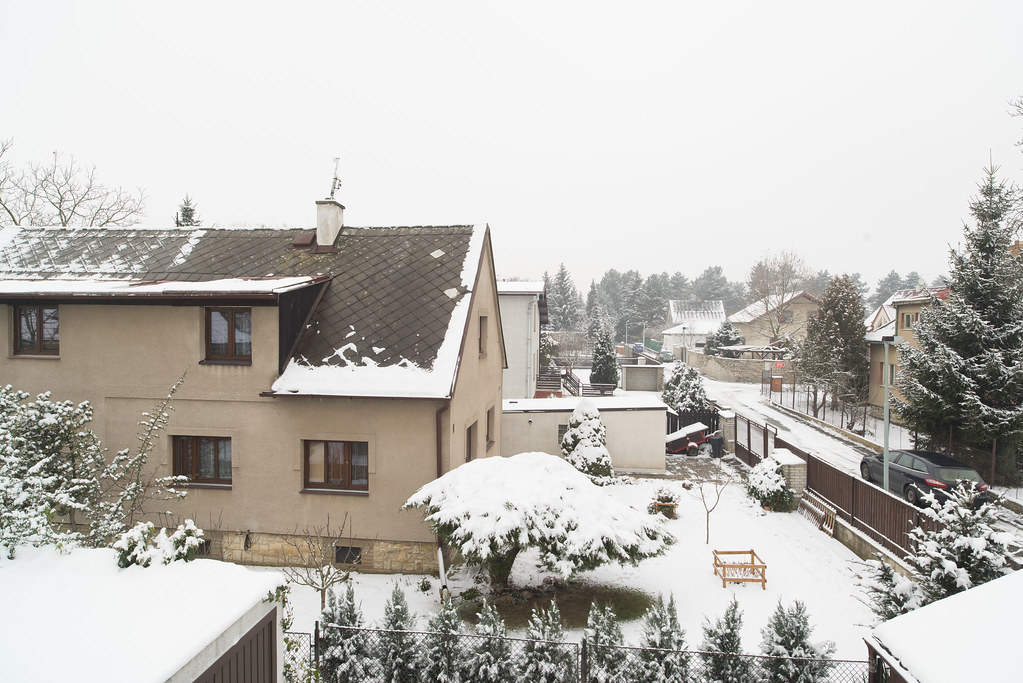
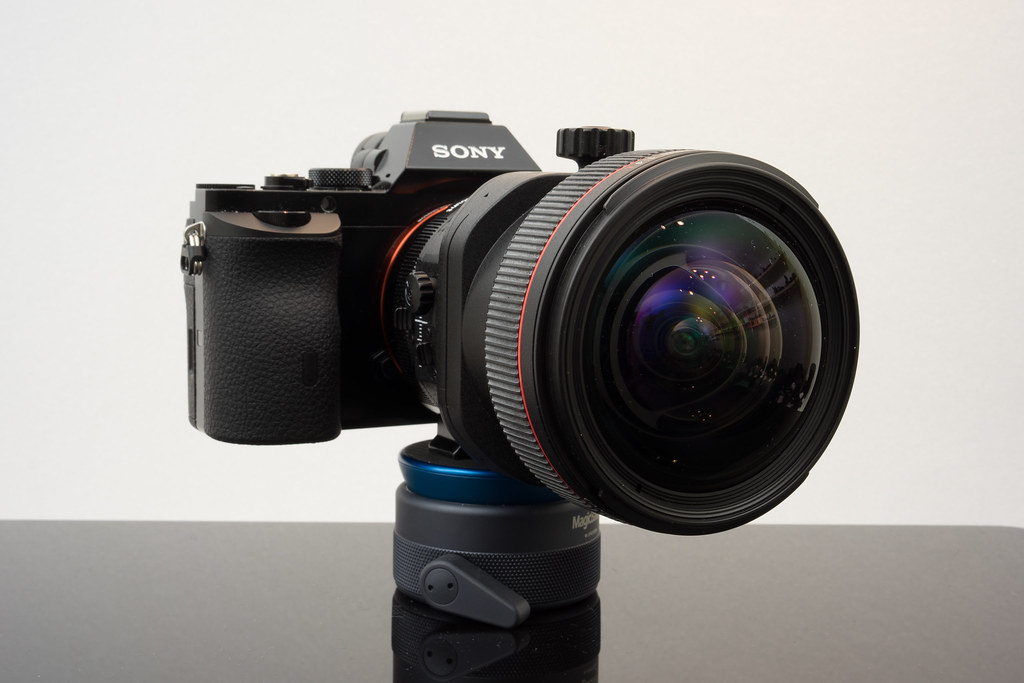
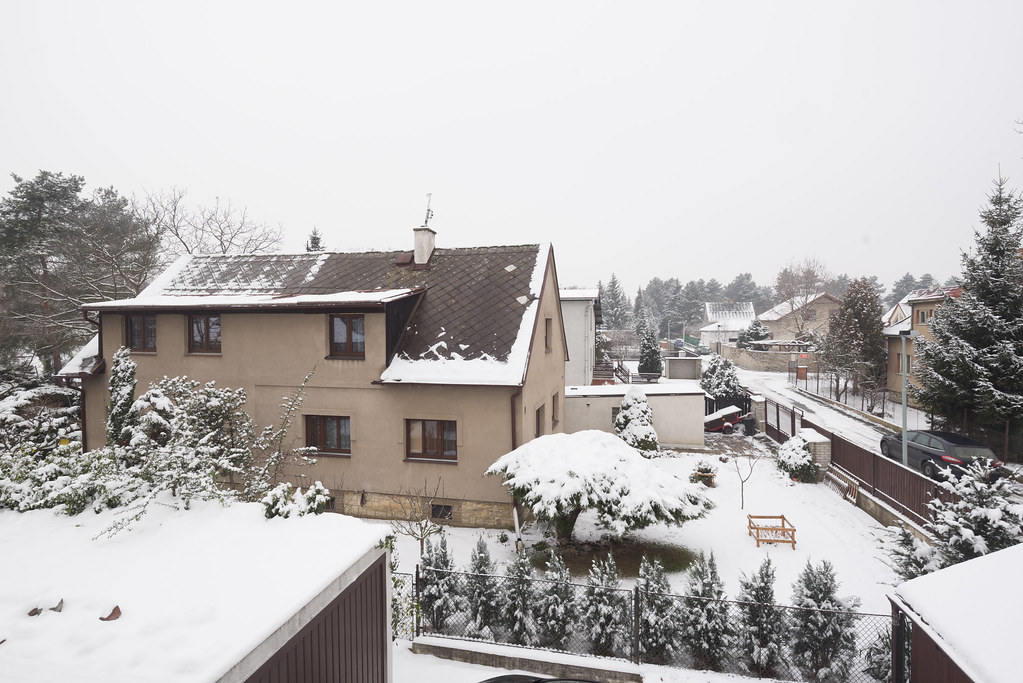


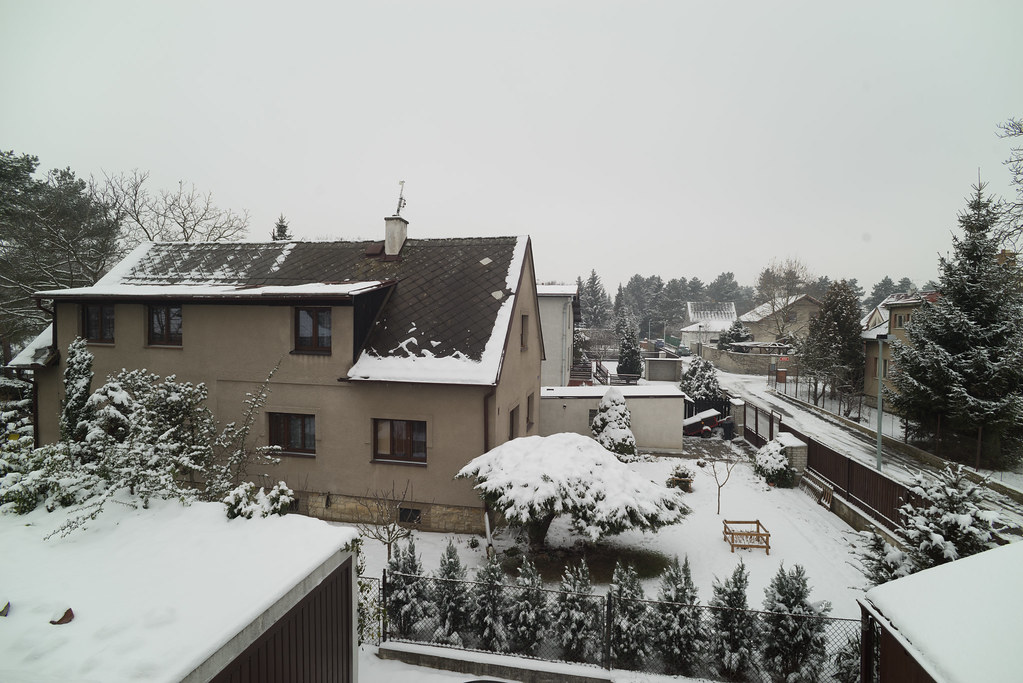



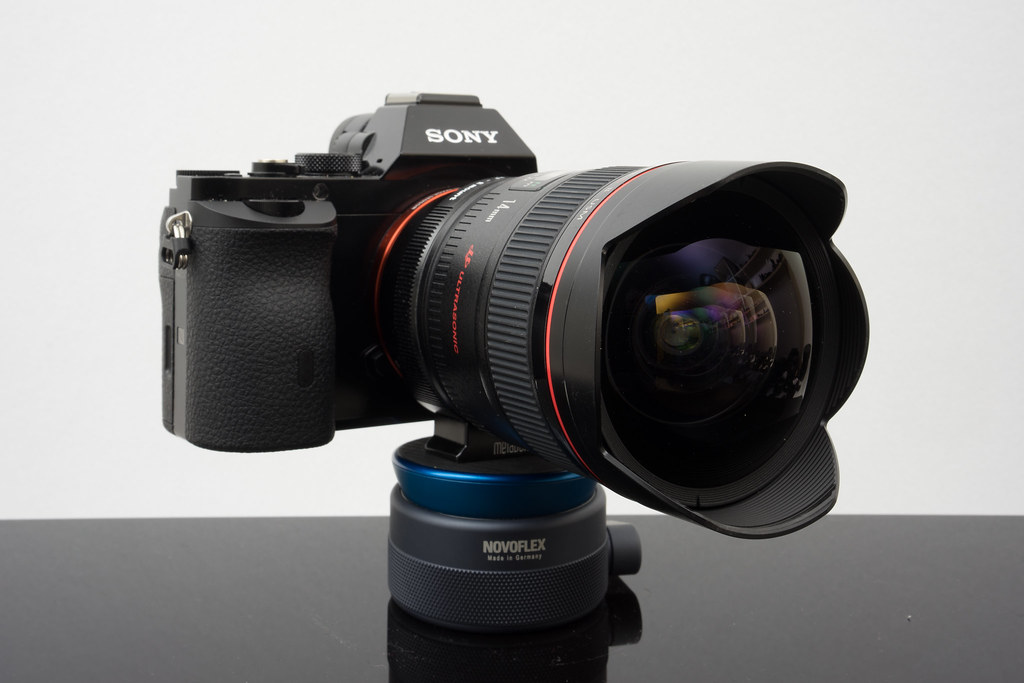
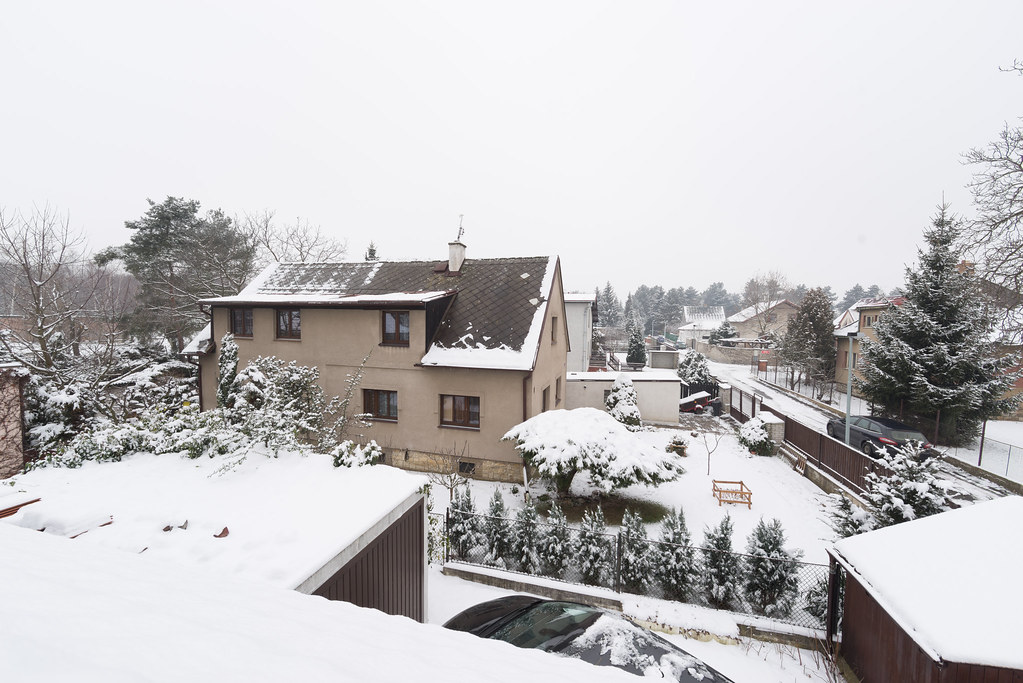
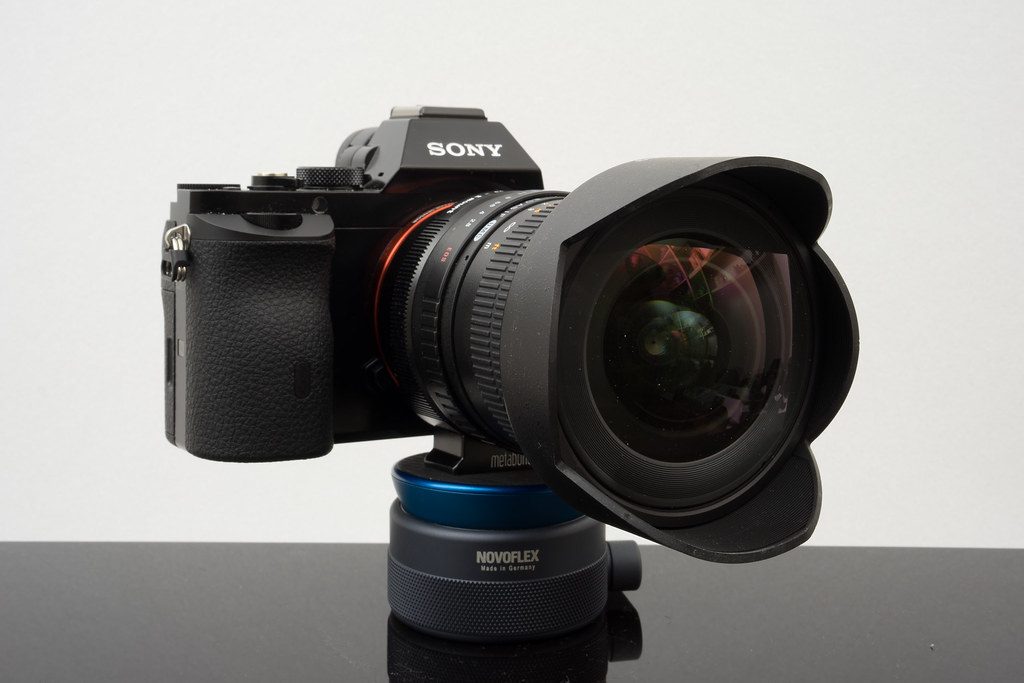
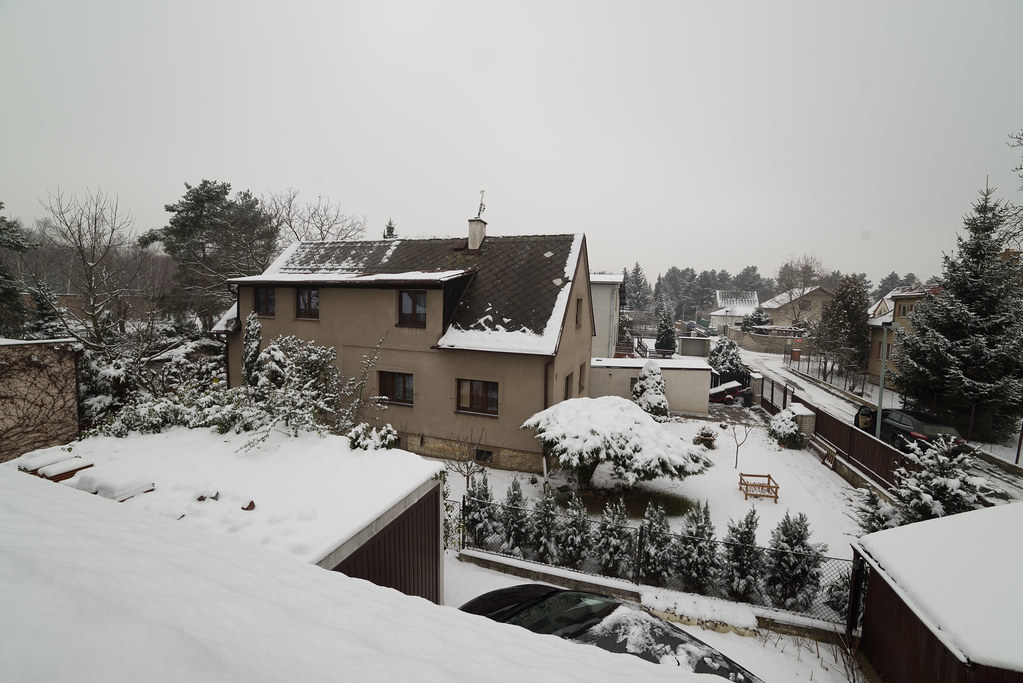
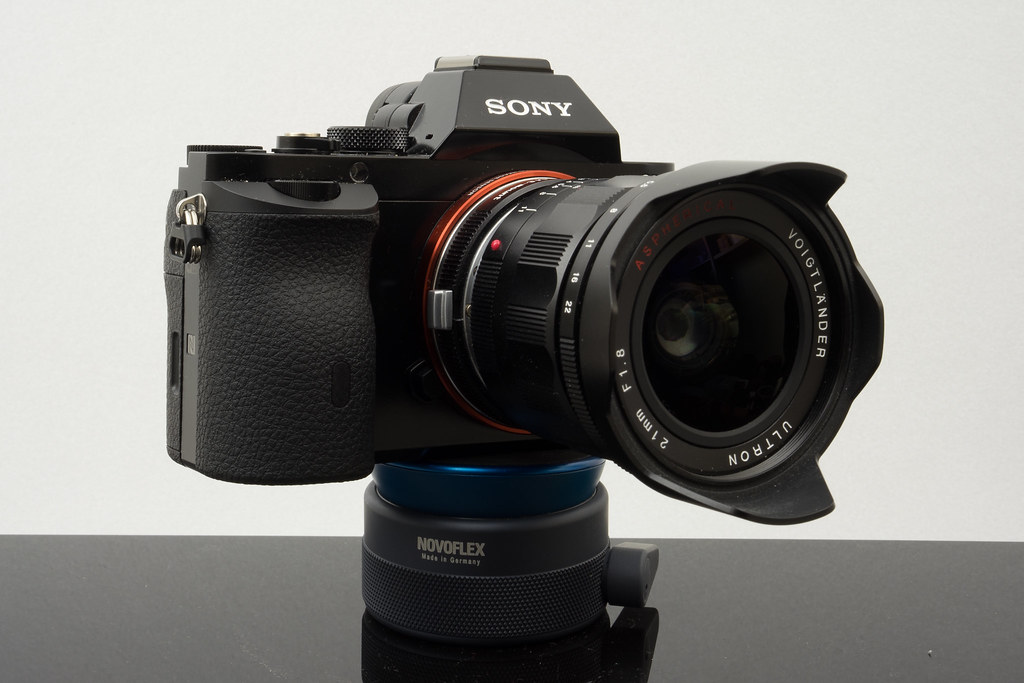

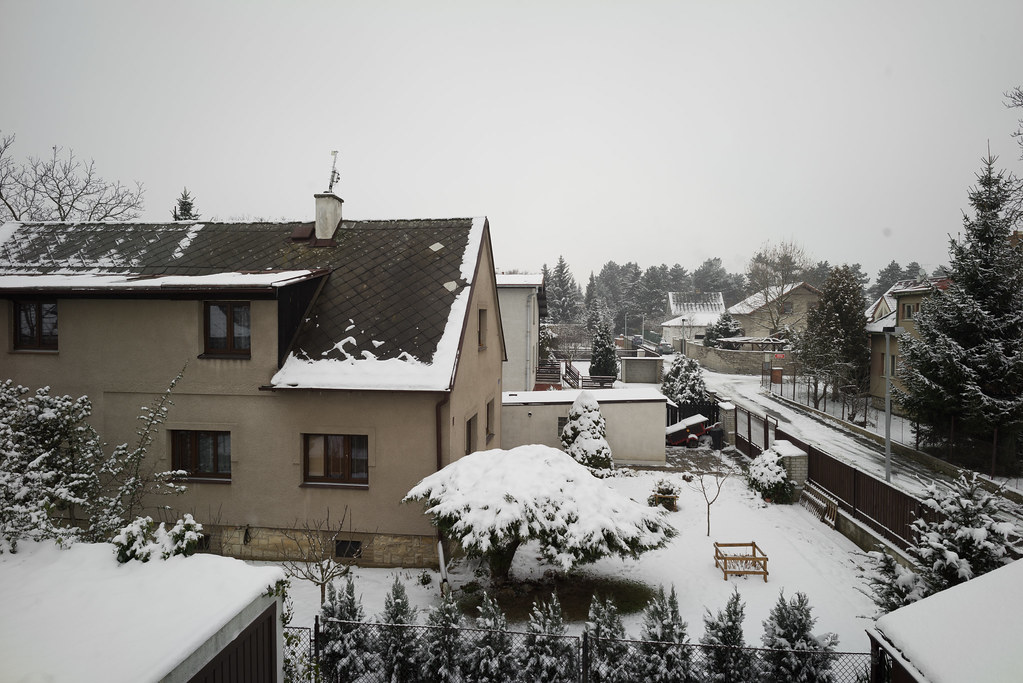


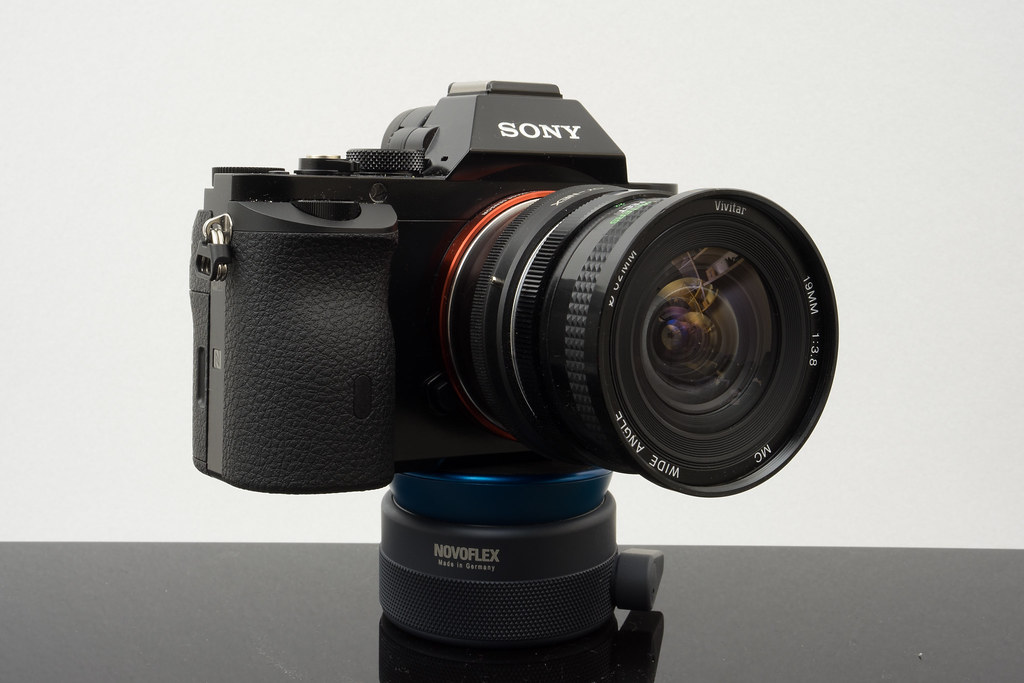
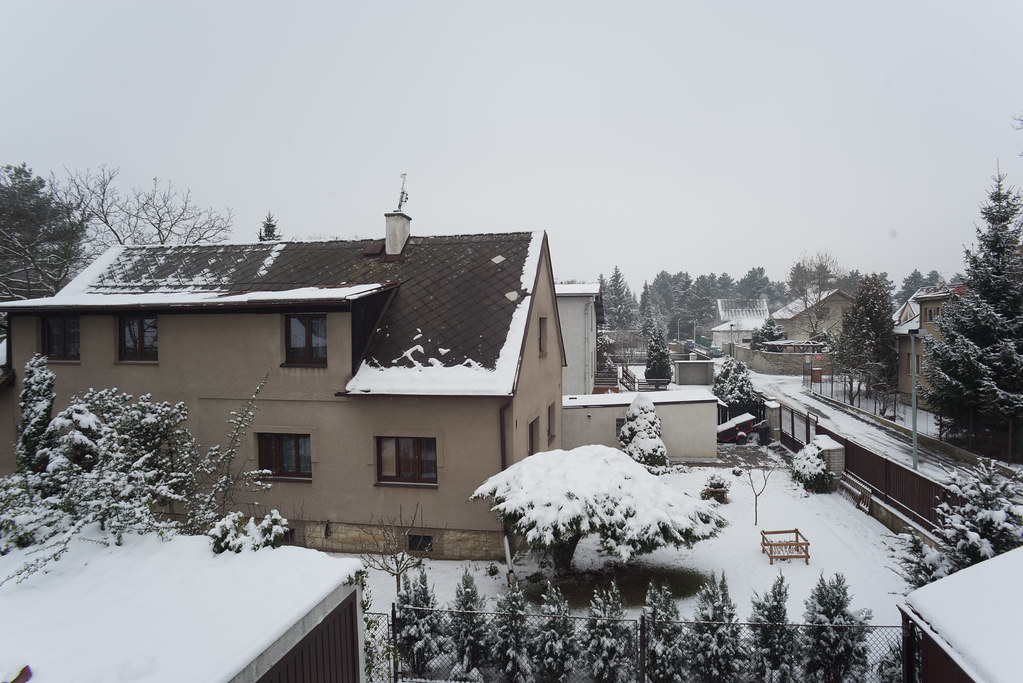
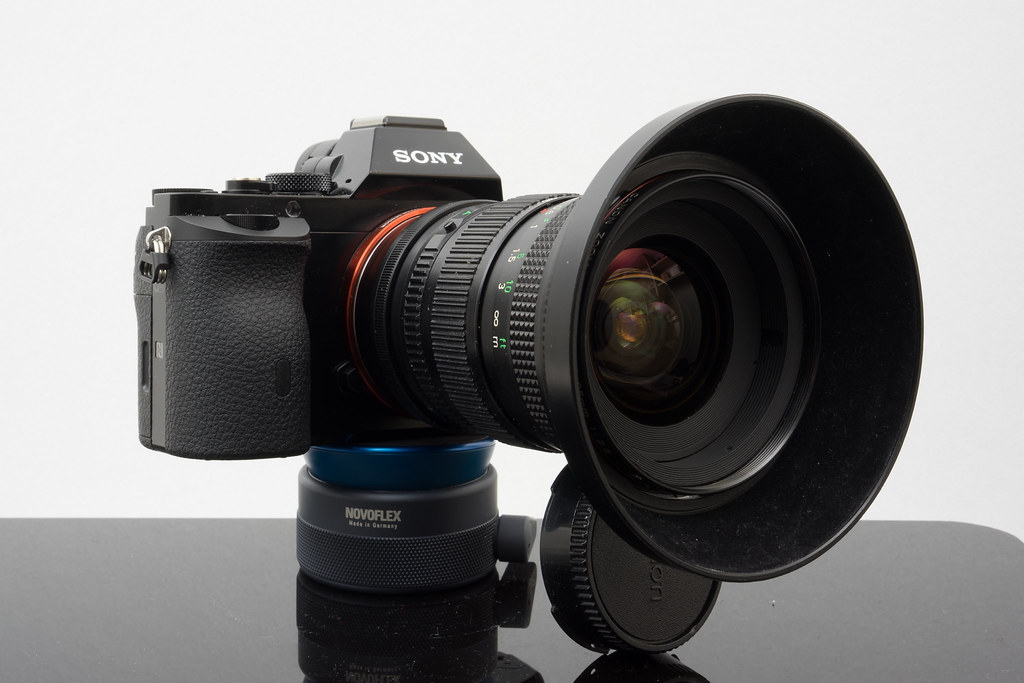
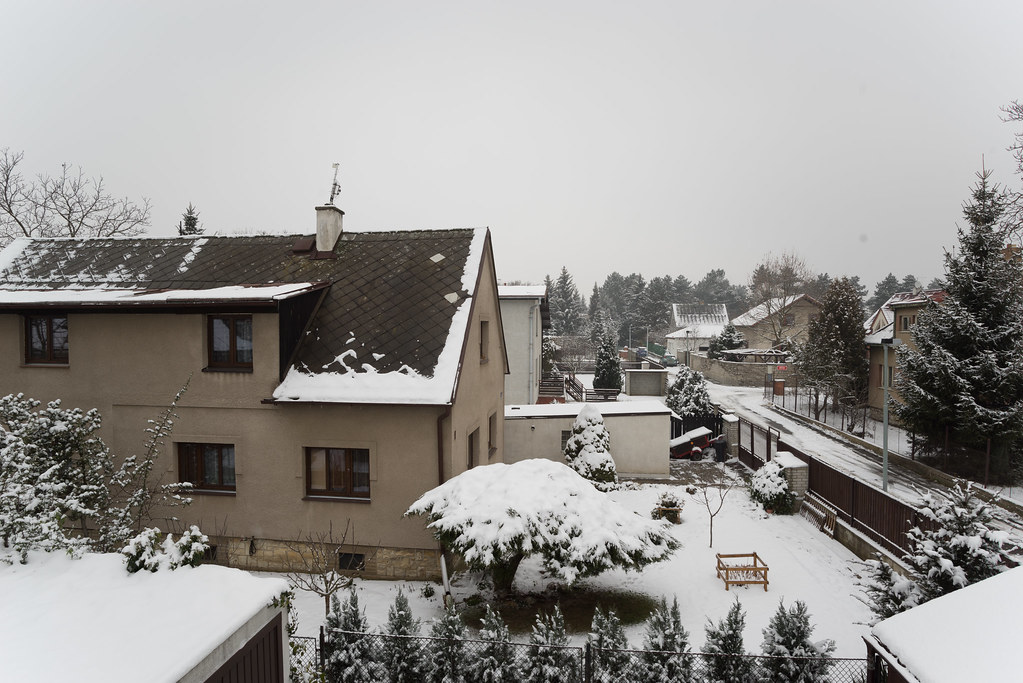

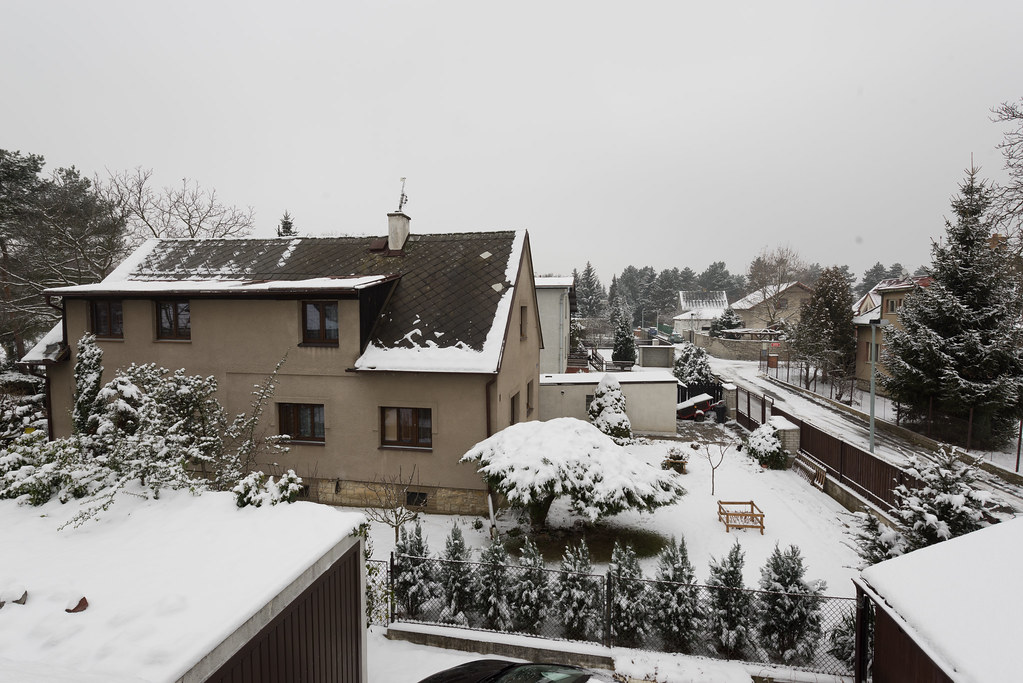
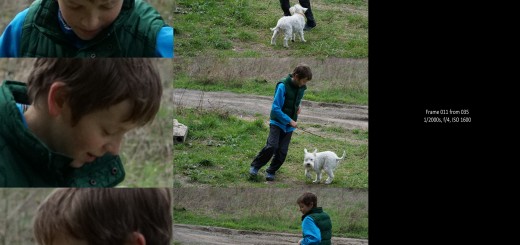
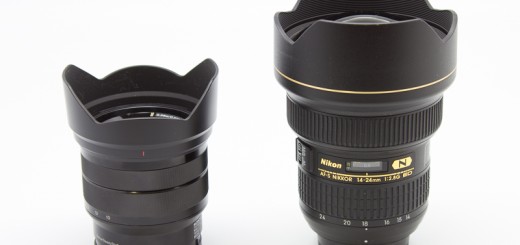
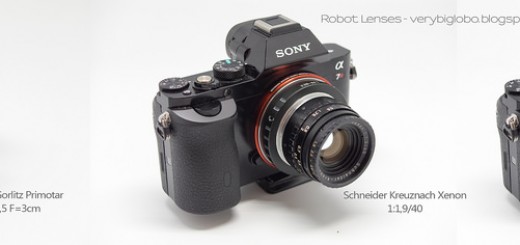













Nice review! I’m curious about the Voigtländer 20/3,5 SLII Color Skopar that is supposed to work well with Sony A7/A7r.
I jumped here because I had same idea about comparison in resolution, and I tested the A7 kit at 70mm f4.5 with Lumix G2 at 35mm f 4.5… both kit lens, both iso 100. both 150. I shoot a flower with water drops on it, shoot in RAW, and I cropped to see differences… resolution was almost identical…. The water drop and the colors of the petal were almost identical…. Obviously A7 is greater camera, but concerns remains…. All NR off etc etc etc… I mean, NO DIFFERENCE! Same or very near color grain shifts in 100% crop, and I cant get more detail than my old mft LUMIX… tha I took in spite of the NEX-5 cous it was cheapest….
Thanks for review, it was excellent and very informative.
thank you 🙂
After testing the canon FDn 20-35mm at 21mm you stated: “Before I make more tests I can’t really recommend it yet, but if it keep delivering this IQ across its focal range.. it might become my ultimate zoom landscape solution.”. Did you perform more tests at other focal range? Thank you
No, not yet. I am busy now, but in a month or so I am planning to do a thorough test of it.
Viktor,
Would be highly interested too. I was planning to get it as I would like, when traveling, to carry 3 FD primes where I could maybe carry only one good zoom. Read some good reviews of this lens and really wonder if it can replace and complement my 24/2.8 and 35/2
Hi Yannis,
check few shots at different FL that I made here: https://www.flickr.com/photos/97543230@N02/sets/72157641922369015/
Thanks.
Well is it me or the lens is not that sharp ? Don’t find even the center neat. Should be at f8…have to compare with other shots you’ve done from that point of view but my first impression is not enthusiast.
Hope I’m wrong…
Looks good to me…
Terrific Viktor. I don’t often shoot landscape but I am looking at adding a wide angle to my new A7. The Voigtlander 21/1.8 looks appealing, but I use filters on all of my lenses because I am paranoid when spending that much money. I realize I might lose a bit, but ah well. However, you wrote, “So say to filters bye, bye, unless you are ready to take a grinder and cut off the unnecessary complication.” Does that mean I can use filters, but I am going to have modify them to get them to work? I might just go with the Voigtlander 35/1.2 II. I just figured the 21 would give me a new challenge and provide more distance from my Zeiss 55/1.8.
Thanks Sean. You should be able to use protective or any other thread mount filters (I think 58mm, don’t have lens with me now). As I never use those, I am not sure how thick they can be, but I assume that you will need UWA (slim frame) version. Not sure about filter stacking though. What I meant in my micro review is that you can’t use system filters (Lee, HiTech etc.) because of the built-in hood. To make that possible, you will need to shave the hood.
I hope it is more clear now.
Regards,
Viktor
Perfect! I tend to just use a straight UV filter and for anything wider than 35, I get the thin versions. Thanks Viktor.
Hi and thanks for this review !
I agree about the 20-35L : I use it with the A7R and it is really a pleasure to use.
By the way, the Canon FD 20mm f/2.8 is not bad either (and is smaller).
I also like the Canon EF 16-35 f/2.8L (I own the first one).
About the results with the Canon 17 f/4 TS: Don’t you think the problem you see could come from the adapter ? Did you try a “stupid” adapter with it – they have usually a wider hole, since they have no electronic inside ?
Have a good day
Raoul
Hi Raoul,
Unfortunatelly, TS-E 17/4 slightly dissapointing corner performance on A7r is not caused by adapter. I tried two “dumb” ones in addition to Metabones SA III, one of them being quite solid quality Kipon. There were no difference in the image output 🙁
Regards,
Viktor
Thanks Viktor.
That’s really bad news: I planned to buy this one, to mount both on the Canon and the A7R…
The 24mm is a little too narrow-angled for my taste.
Have a good day
Raoul
Hi Viktor,
Another interesting review. Thanks for that. I have a related question for you. I’ve reached the stage where I’m very happy with my old MF prime lenses which I can fit in a day pack with a focal range from 21mm to 200mm plus 16mm fisheye. This kit is light and compact enough even for travelling on long trips. But my problem comes, with an imaginary trip I dream about, where I’m going to see some great landscapes, city and safari (one can dream). To fulfill the needs for this trip I will need add an UWA rectilinear lens and a 300mm f/2.8, but my pack is already heavy enough.
The addition of a 14mm Samyang is already a lot, but no way can I take a 300/2.8. So here’s my solution, which I was hoping you could give me feedback on:
It’s to simply buy an A6000 with SEL1018! Because in addition to covering 15mm on a crop sensor, my 200/2.8 becomes a 300/2.8. Of course, I need to be content with just 24mp (only 24mp), but that’s plenty. The nice thing about this idea is I get a backup camera that takes the same batteries and adaptors.
What do you think of this idea?
The only weakness I think is my current Minolta MD 200/2.8. Whilst it only weighs 700g and is a short 13cm, it’s only a good lens, but not a great one. I’m not sure if it will stand up to a 1.5x scrutiny of its images. Is there a better 200/2.8 you’d recommend?
p.s. I’ve just been reading that the SEL1018 is a bit weak at 10mm. Have you tried the new version III of the Voigtlander 15mm Heliar on an A7r? Judging by some reviews, it seems the smearing and magenta cast is pretty much gone. Perhaps a comparison of the Heliar III versus the Samyang 14mm and FE 16-35, might be worth doing?
Hi Anthony,
this is tough question in many aspects, because only you can decide what to take on a dream trip. From my experience, teaching on workshops on semi-difficult trips such as Iceland west coast, Julian Alps, Dolomites etc. I noticed that people with many lenses usually end with fewest images and those with ultra-zoom have content wise nicest images. For the landscape, I rarely shot bellow f/11 (who care about bit of diffraction, when there are so many sharpening possibilities in pp?) and at that aperture, most zooms, even budget one, are coming close to the larger, heavier, faster and more expensive ones.
Therefore I would suggest you to look at FE 24-240 as your main lens, and than if you want ultra wide, you can use SEL 1018 in the crop mode of your A7x.
If you want larger images (resolution wise), you can shot and stitch panorama, but for most uses, 10-16 Mpx, should be enough. Add one fast lens such as SEL 35/1.8 or if budget allow 24/1.8 and you’re all set.
FE 24-240 in crop mode has a FOV comparable to 360mm and that’s quite enough. If you can afford A7R ii, you’ll end up with great high ISO performer, approx. 18mpx crop mode and 4K video camera.
Hiking light, ready to take shot at any moment is from my experience a best way to bring home some exciting images. (+ ND filters)
If you are looking for a good 200/2.8, Canon EF, Nikkor AF-D and Minolta 200/2.8 are all excellent lenses. If you want cream of the cream of MF lenses, check Mamiya 200/2.8 APO or Leica 180/2.8 APO. Want more exotic one – Angenieux 200/2.8 in Nikon mount (not APO though). For the wildlife however, you might want to use AF lens.
Cheers,
Viktor